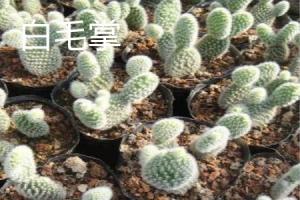1、 Curing method
1. Basin soil: yellow wool palm has strong adaptability. It is better to choose sandy loam for planting Because sandy loam is relatively breathable and has strong drainage, it is very suitable for the growth of yellow wool palm
2. Moisture: Huang Maozhang likes dry soil and is afraid of ponding. During maintenance, watering can wait until the soil is completely dry. Enter the house in time in rainy days to avoid rain and ponding. Water in the soil will rot its roots

3. Nutrients: fertilize once every 30 days or so. When applying fertilizer, pay attention not to pour fertilizer on your palm, so as not to cause fertilizer damage
4. Sunshine: Huang Maozhang likes a sunny environment. Long term sunlight will make its branches and leaves thicker. But you can't expose it to the sun in summer to avoid wilting it

2、 Breeding skills
1. Basin changing and pruning: the basin changing time of huangmaozhang can be about 2 years. When changing the basin, the messy branches at the root can be properly pruned. This is more conducive to promoting the absorption of nutrients
2. Propagation: cuttings are generally used for propagation of Palmetto tomentosa, and strong stem nodes are selected to be cut down, and then dried for three to five days. When the cut is dry, insert it into loose and ventilated soil, but do not insert it too deep, which will affect its growth

3、 Diagnosis and treatment problems
1. Diseases and insect pests: yellow wool palm sometimes has insect pests. Avoid them and manage them frequently. In case of insect pests, select insecticides specially used to spray insects to get rid of them
2. Rotten roots: when watering, pay attention to avoid ponding in the basin. Ponding will cause the root of yellow wool palm to rot. If rotten roots have occurred, it is necessary to remove the pot and trim in time, and replant with new soil

4、 Other issues
1. How to spend the winter: when winter comes, we should move to indoor breeding, and the temperature should be maintained between 5-8 ℃. Also ensure daylighting and ventilation
2. Whether it can be placed indoors: it can be placed indoors for breeding. Its stems and leaves are thick, and it can absorb radiation when placed in front of the computer desk


 jackfruit
jackfruit snake plant
snake plant hibiscus
hibiscus hydrangea
hydrangea lavender
lavender Green roses climb al...
Green roses climb al... If you don't pay att...
If you don't pay att... Management of four g...
Management of four g...






























